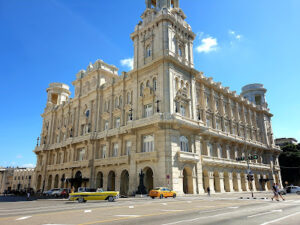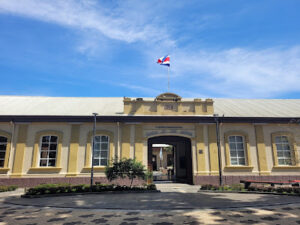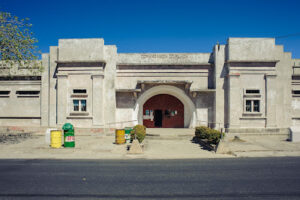Smithsonian National Air and Space Museum

Introduction
Located in Washington, DC, the National Air and Space Museum stands as a testament to human ingenuity and the spirit of exploration. This iconic institution is not just a museum; it’s a gateway to the vastness of the cosmos and the intricacies of aviation history. From the moment you step inside, you embark on an awe-inspiring journey through time and space.
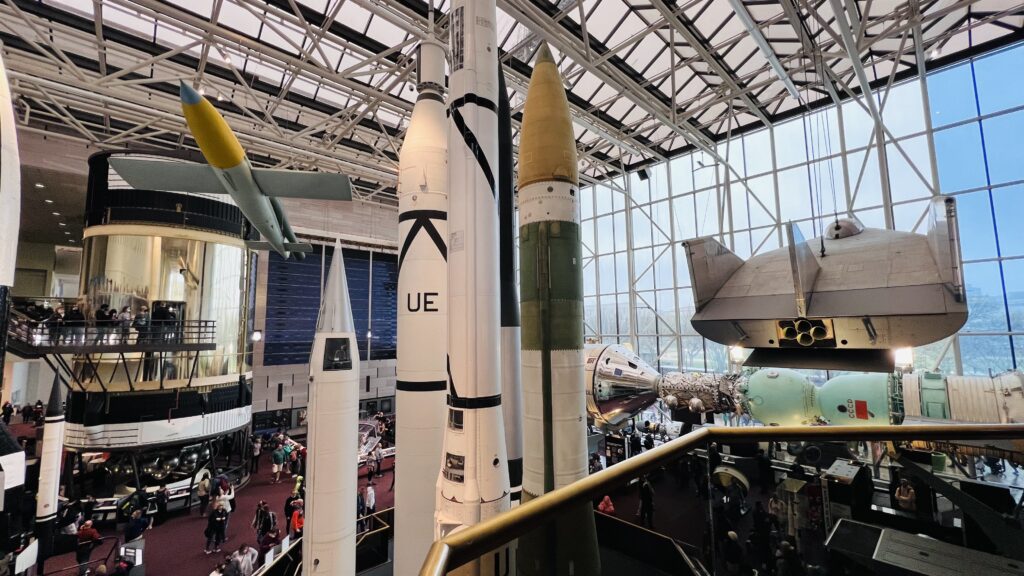
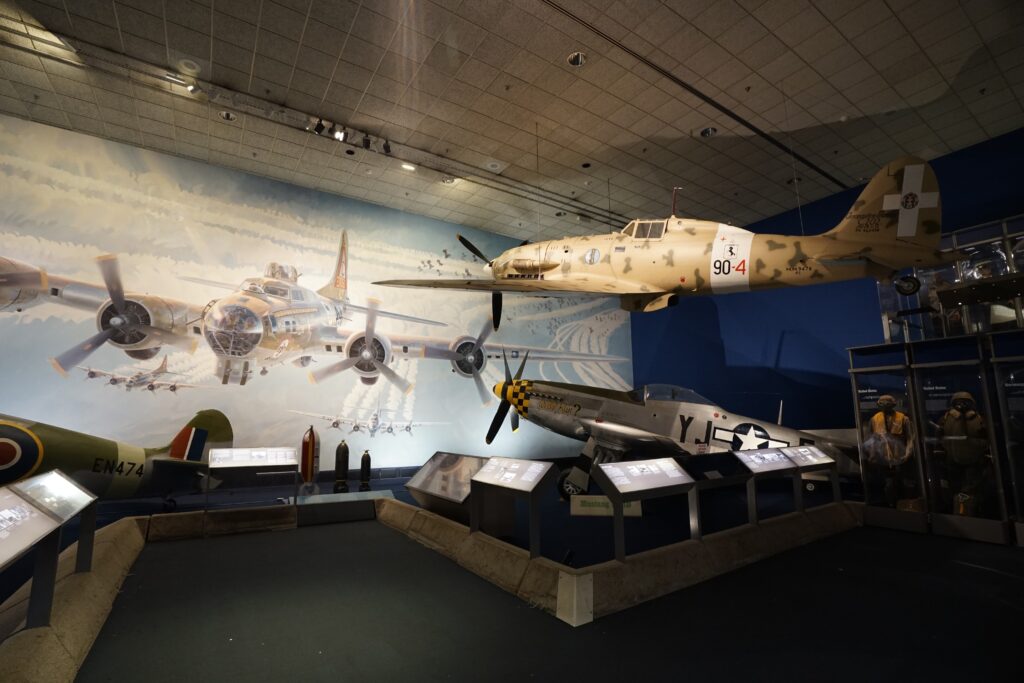
About the Museum
The National Air and Space Museum is part of the Smithsonian Institution and houses the world’s largest collection of historic aircraft and spacecraft. It’s a place where visitors of all ages can come face-to-face with the machines that carried humanity beyond the confines of Earth and learn about the pioneers who dared to dream of the skies and stars. The museum operates two facilities: the main building on the National Mall and the Steven F. Udvar-Hazy Center in Chantilly, Virginia. Each location offers a unique perspective on air and space achievements.
Interesting Facts
- The museum is home to the 1903 Wright Flyer, the first successful powered aircraft.
- Visitors can see the Apollo 11 Command Module Columbia, which carried astronauts to the Moon.
- The Lockheed SR-71 Blackbird, the fastest jet in the world, is also on display.
- The Space Shuttle Discovery, a veteran of 39 missions, is one of the museum’s most popular exhibits.
- The museum’s Center for Earth and Planetary Studies conducts original research on aviation and spaceflight.
Photo Gallery







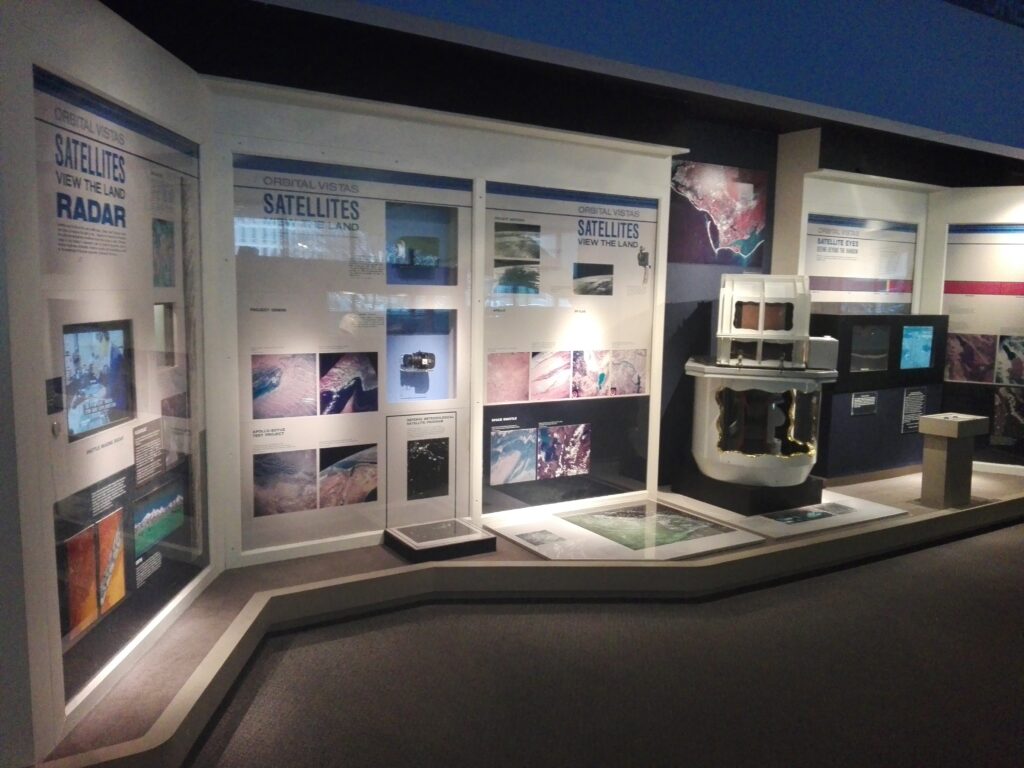

Physical Location
Contact Details
Phone: +120 26332214
Website: airandspace.si.edu
Facebook: facebook.com/airandspace
Conclusion
A visit to the National Air and Space Museum is an immersive experience that educates, inspires, and ignites a passion for the wonders of flight and space exploration. Whether you’re marveling at the engineering marvels of the past or dreaming about the possibilities of the future, the museum offers an unforgettable adventure for everyone. Plan your visit and become part of the ongoing story of human flight.
